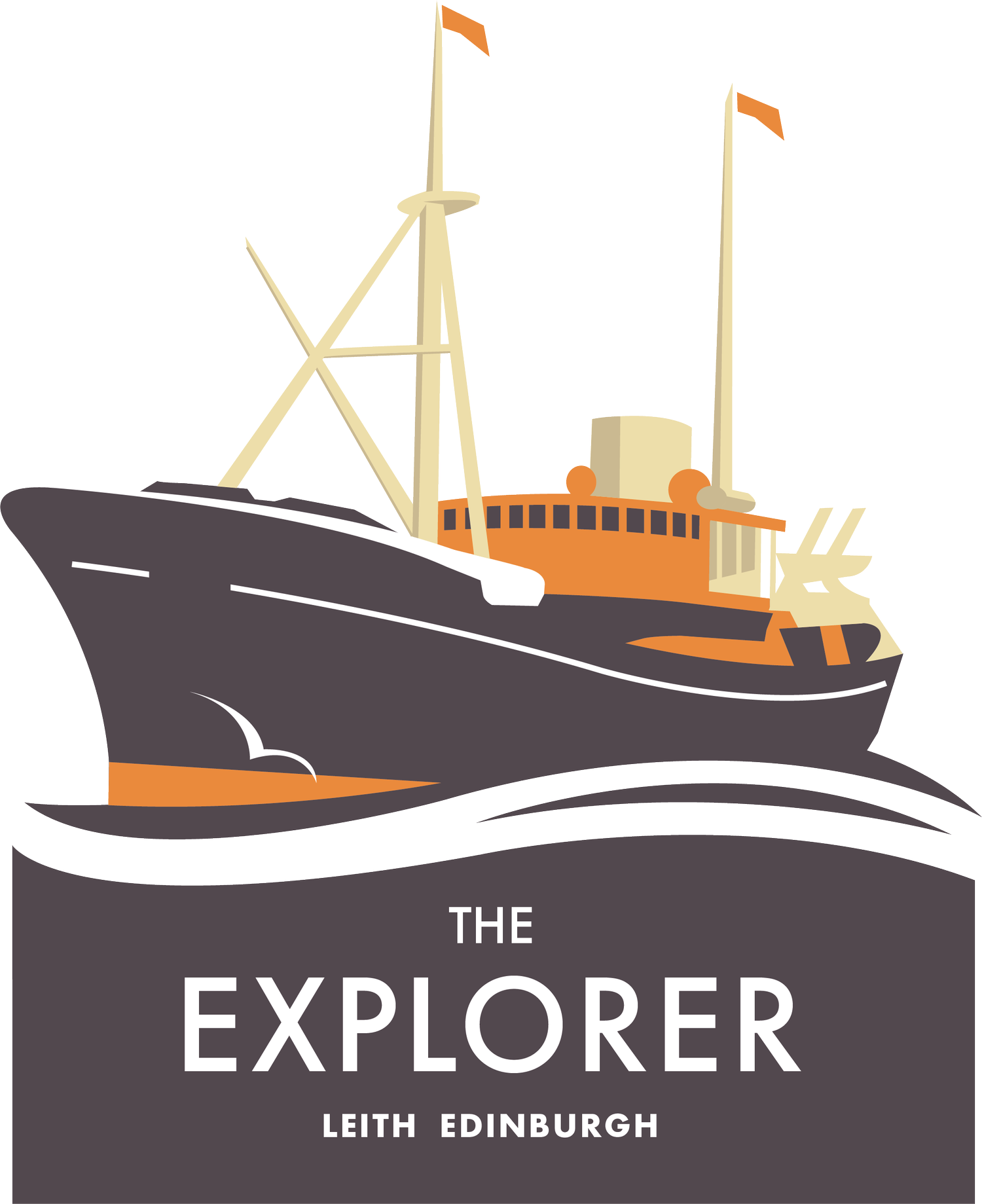Alan Saville
(1923 - 1998)
Alan Saville was born on 14 August 1923 in Braemar, Scotland, where his father, George R. Saville, was a servant in one of the village’s large Victorian fishing and shooting hotels. When Alan was in his early teens, his father bought a small hotel in Boddam, near the well-known fishing port of Peterhead. As a result, Alan received his secondary education at Peterhead Academy, where he was science dux. His growing up in that area may well have influenced his choice of career as a fisheries biologist. Any aspirations of this kind would have been further encouraged by his having studied zoology at the University of Aberdeen when the famous marine biologist, A. C. (later Sir Alister) Hardy, occupied the University’s Chair of Natural History.
After graduating with honours from Aberdeen in 1946, Alan worked as a research biologist with the Continuous Plankton Recorder team at University College, Hull, England, before joining the Marine Laboratory, Aberdeen, in 1948 as a Scientific Officer. There he worked as a member of J. H. Fraser’s plankton team, specializing in the eggs and larvae of commercial species, in particular the planktonic stages of haddock and herring, and in studies of plankton sampling gear. This work led to the publication of papers on the eggs and larvae of haddock at the Faroes, and in Scottish waters, and of one of the few early papers on mesh selection in plankton nets.
In 1958 Alan was seconded to the herring team, thereby starting a long association with the Laboratory’s Fish Resources team, of which he became leader in 1970, with the rank of Senior Principal Scientific Officer. His main interest was the pelagic species, which, he confessed on retirement, ‘‘had a peculiar fascination all their own because they seemed less ‘predictable’ than the whitefish species.’’
Alan’s contribution to the work of the Marine Laboratory, and of ICES, gives testimony to a long and successful career, during much of which he had to cope with the adverse effects of diabetes. Over 110 publications or reports are associated with his name, and he was sole author of about 70. These cover many aspects of pelagic fisheries and their investigation, with Alan’s interests in the planktonic stages continuing as an important aspect of his work throughout his career. For example, he was actively involved with many of the ICES surveys of herring larvae, and with studies of the efficiency of the gear used to sample them. He also prepared the first number of the ICES series of identification sheets on fish eggs and larvae, Fiches d’Identification des Oeufs et Larves de Poissons, namely the sheet on the Clupeoidae, and he convened or contributed to a number of important symposia on the early life history of fish. In addition, Alan took a particular interest in adolescent herring, and in the pelagic fisheries of Scotland’s firths and estuaries.
Alan was an active participant in ICES affairs for more than 30 years. His first appearance at an ICES meeting was in 1952 at the 50th jubilee anniversary in Copenhagen. A few years later he became a member of the Herring Committee, which later became the Pelagic Fish Committee. In 1973 he was elected Chair of that committee as well as the Herring Assessment Working Group South of 62_N. The early 1970s were a very bleak period in the development of the pelagic fish stocks in the ICES Area. The largest herring stock, the Atlanto-Scandian herring, had already collapsed, and the second largest, the North Sea herring, was declining at an alarming rate. Other smaller but important stocks were in similar poor condition. The new Chair and his WG members were therefore faced with a very difficult task.
Herring scientists have long been reputed to be strong headed and obstinate. The meetings were characterized by hot discussions and long debates that were superbly conducted into positive and objective channels by Alan. After each day’s work he took great care to get everyone together for a sociable evening, where his excellent sense of humour flourished. Thus the ICES spirit was savoured and strong bonds of friendship were formed despite the difficult conclusions that had to be reached before the end of the meeting. When ICES decided to establish the Advisory Committee on Fishery Management (ACFM) in 1977, Alan was elected as its first Chair. Several members of the WG joined him there as national representatives, and thus the true ICES spirit, which was so strongly felt before, also prevailed in this important new committee right from the start. In 1978 he was the Convener of a very successful ICES Symposium on ‘‘The Assessment and Management of Pelagic Fish Stocks’’. Rapports et Proce`s-Verbaux des Re´unions, Vol. 177, the resulting 517-page volume edited by Alan, is a classic that revolutionized the basic thinking in the management of pelagic stocks. His contribution to ICES was invaluable.
He was elected a Fellow of the Royal Society of Edinburgh in 1976, but resigned his fellowship following retirement on 20 September 1985. His long-held interest in gardening was then put to good use for a time when he was Secretary of the Aberdeen Royal Horticultural Society.


